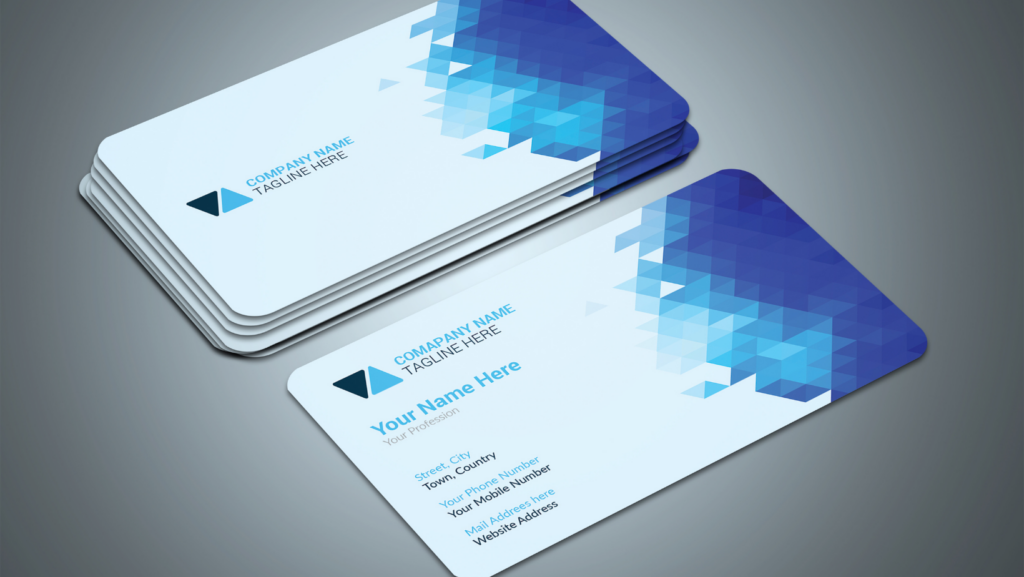In the world of networking, business cards still hold a powerful punch. They’re your silent partners, speaking volumes about your brand when you’re not there to do the talking. But how can you ensure your card leaves a lasting impression, rather than ending up in the recycle bin?
This article will dive into the world of business card tips, offering tricks to make sure your card is not just another piece of paper. From design choices to the information you include, every detail matters. Stay tuned, because we’re about to turn your business card into your strongest networking tool.
Business Card Tips
This section encapsulates vital business card tips for creating impressive cards for your business. A strong emphasis lies on paper choice, logo and color use, and essential information to include.
Choosing the Right Paper / Logo and Color

Favor superior paper and material for business cards. It enhances durability and exudes professionalism. For instance, thicker cardstock offers a weighty feel in hand, providing a discreet assurance of quality. It also withstands folding, creases, and keeps print quality intact over time.
Implement your logo and color strategy expertly on your business cards. Make sure they mirror your brand’s essence and evoke recognition. For example, Apple’s minimalist design and monochromatic colors are instantly recognizable. Similarly, McDonald’s golden arches and distinctive color scheme make an instant connection with patrons.
Key Information to Include on Your Business Card
Incorporate crucial information on business cards. It usually incorporates: name, job title, company name/logo, phone number, email, and website. An example is LinkedIn’s card. It consists of the employee’s name, their designation, LinkedIn’s logo, and contact information. Notably, keep it concise to maintain readability. Place equal importance on the front and back to fully utilize the space.
Mistakes to Avoid With Business Cards
Creating an impactful business card goes beyond just incorporating appealing designs and essential information. One must also be aware of potential missteps in the card creation process that can detract from its effectiveness. In this section, we identify common mistakes in business card design and content that must be avoided.
Common Design Flaws

Design forms the backbone of a business card, often acting as the first visual interaction potential contacts have with a brand. However, design-related missteps often made include illegible typography, inappropriate color choices, and low-resolution graphics.
For instance, choosing fonts that are too stylized can compromise readability. It’s vital to prioritize legible typography over flashy styles. Similarly, using bold or neon colors might appear attractive initially but can prove detrimental by straining the viewers’ eyes or conveying an unprofessional image. Lastly, low-resolution graphics or images can present a distorted view of the company’s logo or brand, resulting in a cheap appearance.
Information Overload
A business card serves as an extension of one’s professional persona, and while it’s important to include key details, skirting the line of information overload is a common mistake. A business card crammed with excessive data such as multiple phone numbers, URLs or social media handles may confuse the receiver. Balance is crucial in this context. Include only the most important contact information, such as a primary phone number, email address, and perhaps one preferred social media handle. Keep the focus on enabling potential contacts to connect easily instead of overloading them with myriad contact options.
World of Business Card Etiquette

Business cards aren’t just a means to share contact details. They’re a reflection of professional identity and a tool for making lasting impressions. Striking a balance between aesthetics and professionalism is crucial in their design. The choice of paper, color, and typography can make or break a business card’s impact.
Incorporating innovative ideas like embossing, die-cut shapes, and QR codes can set a card apart from the rest. However, it’s essential to avoid common pitfalls like illegible typography, inappropriate color choices, and information overload. With careful attention to these aspects, one can create a unique, memorable business card that strengthens brand recognition and facilitates networking.

